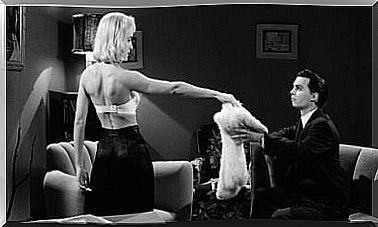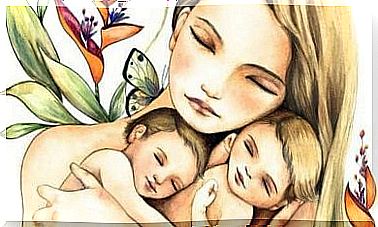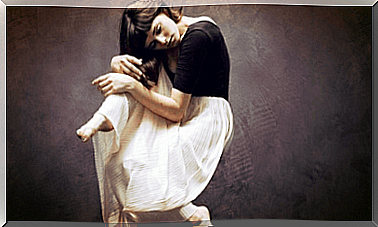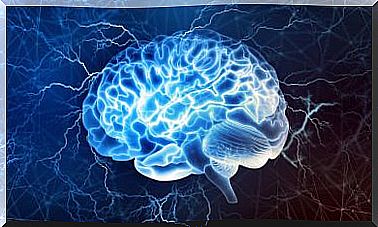Sculpture In Family Therapy: An Amazing Tool For Change
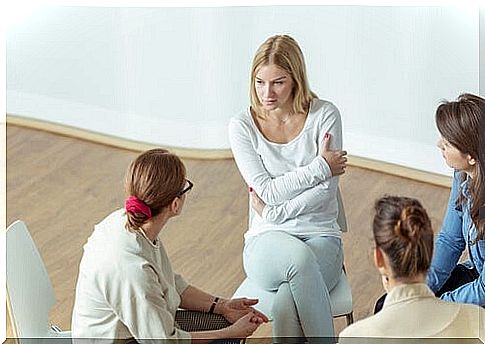
When dysfunctional relationship patterns are maintained within a family, change can be difficult. It is costly for each member to get out of his or her own perspective and get a bigger picture of what is going on. Thus, sculpture is a technique that facilitates awareness and promotes change.
How many times, faced with a family conflict, have you seen yourself attacking others and unable to recognize your own responsibility? This can happen to each and every one of us, but in a psychotherapy process it is important to break down that defensive barrier in some way. Thus, sculpture opens our eyes to reality in a way that is as effective as it is surprising.

What is sculpture in family therapy?
To put this technique into practice, the therapist asks one of the family members to be the sculptor. The others must allow themselves to be molded by him and adopt the positions that he indicates to them. As the sculpture unfolds, the therapist takes the position of observer and commentator. So you can guide the sculptor with questions like the following:
- Is this the position you want this person to have?
- Where should your gaze be directed?
- How much separation should there be between each member?
- Should they touch or hold hands?
Regarding the choice of the sculptor, it is common to select the identified patient for this task, since he is the one who usually has a clearer vision of family dynamics. But it is also possible to ask each member of the family to make their own sculpture, showing their own vision.
In family therapy , the person who has the main symptom for which help is requested is called an identified patient. For example, one who has an anxious or depressive disorder. However, it is taken into account that, from this current, the symptom is a mere indicator of a dysfunction that encompasses the whole family as a system. That is, it is not limited solely to a personal problem of that individual.
How do you work with sculpture?
When the sculptor finishes his work, he is asked to choose a position for himself and the painting is completed. From here, we can use this technique as a diagnostic element.
Thus, we will invite each member to explain how they feel in their position. They must always focus on describing the sensations derived from their body posture, without going into analyzing what they mean. In this way, we prevent the family from getting caught up in defensive arguments again.
Thus, a person can observe that the very rigid posture in which he finds himself causes tension and discomfort. Someone else may find that she cannot see a certain family member from her position. One of them may feel isolated due to being positioned at a greater distance from the rest.
Looking at the perspective often gives us a clearer picture of what is going on in the family. Thus, the therapist will be able to take the place of each member in the sculpture so that they can observe the image from the outside.
Ultimately, the sculpture provides a spatial metaphor for family relationships and the emotional position of each person in the system. They can be observed, through the position, affinities, rejections and attitudes that will provide us with an outline of what is not working and we have to work.
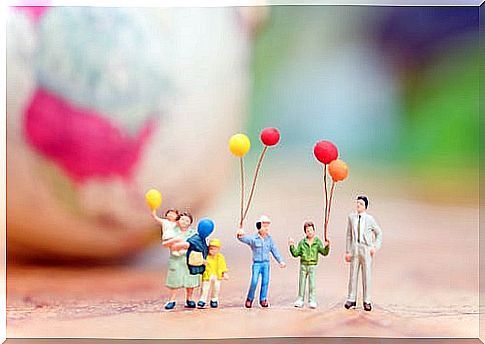
Diagnosis and treatment
Sculpture is a technique that can be used both as a diagnostic element and as a therapeutic technique. That is, it helps us become aware of the dysfunctional relationships and patterns that we have to address. In addition, a sculpture can be made that reflects the ideal of the family that each member wishes to achieve ; so that it will serve to capture the objectives.
This technique is also used in couples therapy, since it is an exercise with the ability to surprise and motivate. With it we can discuss points and reach places that, with mere verbal discussion, we would not be able to recognize. It helps us to put ourselves in our own skin and that of the rest with a greater awareness. For this reason, it is usually very useful for the therapeutic process.


